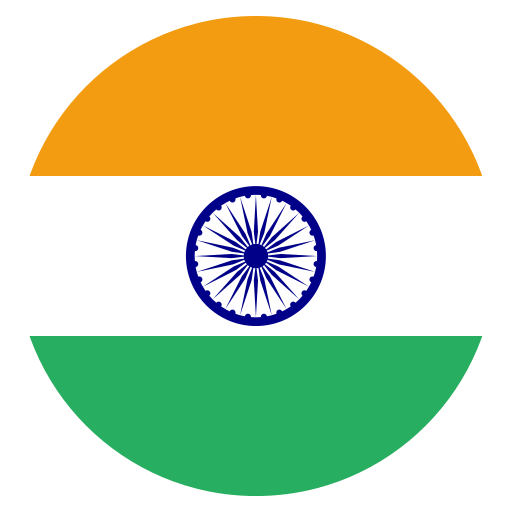1. Hotel Capacity
The capacity of hotels is the main factor to consider while finalizing the rates for booking. Hotel rates depend on room availability and the client’s requirement. If a hotel expects full booking for a certain event, then they can raise the price of their rooms and can still get sufficient booking to sell the rooms. Similarly, Hotel decreases the rate close to dates of arrival if they feel occupancy isn’t met. After analyzing other factors, you must check whether the pricing strategies make sense for your capacity.
2. Room Type
Normally, you’d expect a restaurant’s suites rooms to have the same price. This is not the case as each room has a distinct rating and delivers different benefits. A room with a view of a beach would be much more expensive than one with a view of the parking lot.
3. Discount Offers
Few travelers with a budget will always look for discounts and deals that save money. Promotions are a great way to boost up with and remain ahead of the competition.
4. Competitor’s Rates
Hotels frequently aim to match their competitors’ prices to boost income. It assists businesses in strategically positioning themselves in front of their clients by considering global market constraints.
5. Booking Date/Time
In previous times, hotel rates were adjusted depending on how much in advance clients made the bookings. Sometimes, clients that wait until the last month often make off with the best offers at the lowest prices.
6. Centralized Locations
There is a huge requirement for the hotels located in a city or close to famous site seeing locations. Likewise, room prices will increase if the hotel hosts conferences or seminars.
7. Change in Season
Mostly during the off-season, hotel room rates in popular destinations will also be lower. These hotels will raise prices during the high season to increase their revenue before prices drop.
8. Demand Forecasting
Fixing the “correct price” necessitates extensive forecasting. To price the hotel room properly, management must have a strong understanding of the demand level for each day.
9. Network Effects
The network effect is the rise in demand and value provided by service as more and more people use it. The network effect is a side effect of your hotel’s popularity. Consumers are willing to spend a higher price to remain in a desirable location.
10. Business Rules
Regulatory authorities such as the government keep a close eye on the hotel industry. The hotel industry’s pricing strategy should correspond to the price norms and regulations.
The above parameters will be retrieved and turned into useful, well-structured, and useable data via hotel data scraping.
How Hotels Today Use Dynamic Pricing to Deliver the Best Price at the Best Time?
Dynamic pricing has a bunch of benefits for hotel businesses.
- Increase revenue Per Available Room (RevPAR) and average daily rate (ADT)
- Compare the pricing strategies in minutes, by analyzing competitor’s rates.
- Increase the efficiency of the pricing process by automation, which makes it much easier, quicker, and more accurate.
- Allow opportunities for experimentation with the “high to low” strategy, in which a hotel offers premium prices early in the day and then reduces them later if demand does not materialize. So, opposed to the “low to high” approach, wherein the price is raised dependent on the number of bedrooms reserved.
So, how do you come up with a dynamic pricing policy?
It depends on a timely, dependable supply of high-quality data scraped from various hotel websites. Thousands of web page’s real-time price factors are observed by web crawlers.
Hoteliers can use pricing web scraping to estimate when demand will be strong or low. During periods of low demand, prices are reduced to encourage guests to book empty rooms. Hotel prices, on the other hand, are higher during the peak holiday season or around important local events. Even though the original projection is incorrect, the price could be swiftly changed to account for viable market changes.
Apart from price monitoring, price data scraping is used to obtain:
- Insightful analytic data
- Useful reports
- Data-driven approaches
Price web scraping is commonly used for competitive research. It provides actionable information that keeps you one step ahead of your competitors. It’s a good idea to keep an eye on your competitors’ prices to see how the market reacts. Companies can select between a premium business model and a premium price model based on the market trends.
A fully dynamic pricing strategy will be more tailored and adaptable. That is prices will differ from one buyer to the next depending on their purchasing behavior. Customer behavioral data, such as spending patterns and desire to shop about for a better deal, can be extracted through web data scraping.
Pricing intelligence technologies are used by a growing hotel room to help them alter their companies. You may gain more insights and understanding about customer preferences and demand curves once you have the relevant data from hotel performance scraping. Pricing settings could be altered continuously depending on this information to extract more value for your company.
Conclusion
Pricing is an important procedure for every business. The stakes of getting your perfect price in the hotel business are very high. It is a never-ending struggle that you will continuously need to fight with the support of a solid pricing policy and using competitor’s pricing data extraction tool. On the other side, as you gain a better understanding of the complexity of this procedure, the pricing process becomes easier.
Do you want to create a dynamic pricing strategy based on clear and trustworthy competitor data gathered from hundreds of flight and accommodation sites using web scraping? Contact our specialists at X-Byte Enterprise Crawling for web scraping services that are both efficient and cost-effective.











